AI/ML
Kubernetes was not initially designed with AI's vast resource variability in mind, and the rapid rise of AI has exposed Kubernetes limitations, particularly when it comes to cost and resource efficiency. Indeed, AI workloads differ from traditional applications in that they require a staggering amount and variety of compute resources, and their consumption is far less consistent than traditional workloads ... Considering the speed of AI innovation, teams cannot afford to be bogged down by these constant infrastructure concerns. A solution is needed ...
AI is the catalyst for significant investment in data teams as enterprises require higher-quality data to power their AI applications, according to the State of Analytics Engineering Report from dbt Labs ...
Misaligned architecture can lead to business consequences, with 93% of respondents reporting negative outcomes such as service disruptions, high operational costs and security challenges ...
A Gartner analyst recently suggested that GenAI tools could create 25% time savings for network operational teams. Where might these time savings come from? How are GenAI tools helping NetOps teams today, and what other tasks might they take on in the future as models continue improving? In general, these savings come from automating or streamlining manual NetOps tasks ...
IT and line-of-business teams are increasingly aligned in their efforts to close the data gap and drive greater collaboration to alleviate IT bottlenecks and offload growing demands on IT teams, according to The 2025 Automation Benchmark Report: Insights from IT Leaders on Enterprise Automation & the Future of AI-Driven Businesses from Jitterbit ...
A large majority (86%) of data management and AI decision makers cite protecting data privacy as a top concern, with 76% of respondents citing ROI on data privacy and AI initiatives across their organization, according to a new Harris Poll from Collibra ...
An overwhelming majority of IT leaders (95%) believe the upcoming wave of AI-powered digital transformation is set to be the most impactful and intensive seen thus far, according to The Science of Productivity: AI, Adoption, And Employee Experience, a new report from Nexthink ...
In March, New Relic published the State of Observability for Media and Entertainment Report to share insights, data, and analysis into the adoption and business value of observability across the media and entertainment industry. Here are six key takeaways from the report ...
Regardless of their scale, business decisions often take time, effort, and a lot of back-and-forth discussion to reach any sort of actionable conclusion ... Any means of streamlining this process and getting from complex problems to optimal solutions more efficiently and reliably is key. How can organizations optimize their decision-making to save time and reduce excess effort from those involved? ...
According to Auvik's 2025 IT Trends Report, 60% of IT professionals feel at least moderately burned out on the job, with 43% stating that their workload is contributing to work stress. At the same time, many IT professionals are naming AI and machine learning as key areas they'd most like to upskill ...
In 2025, enterprise workflows are undergoing a seismic shift. Propelled by breakthroughs in generative AI (GenAI), large language models (LLMs), and natural language processing (NLP), a new paradigm is emerging — agentic AI. This technology is not just automating tasks; it's reimagining how organizations make decisions, engage customers, and operate at scale ...
Enterprises are turning to AI-powered software platforms to make IT management more intelligent and ensure their systems and technology meet business needs for efficiency, lowers costs and innovation, according to new research from Information Services Group ...
More than half (51%) of companies are already leveraging AI agents, according to the PagerDuty Agentic AI Survey. Agentic AI adoption is poised to accelerate faster than generative AI (GenAI) while reshaping automation and decision-making across industries ...
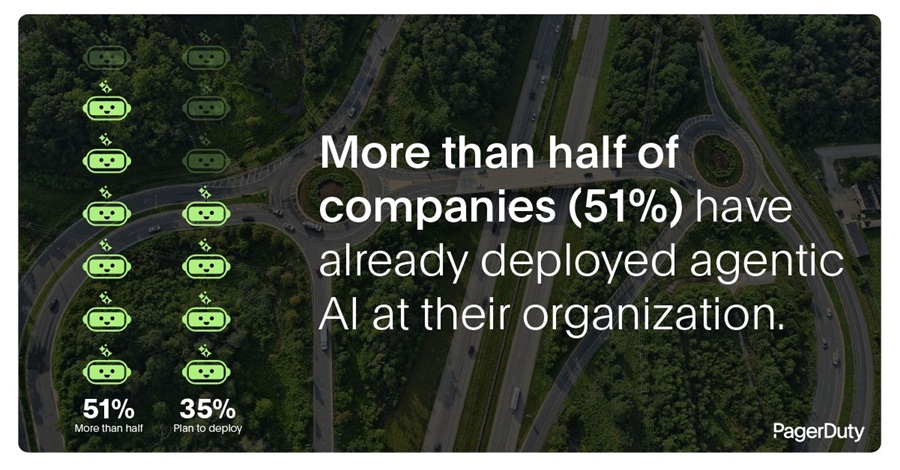
While there is high enthusiasm for AI — with 92% of those surveyed in the manufacturing industry confirming AI is a top C-Suite priority and 92% agree it provides a competitive advantage — only 32% of manufacturers are fully prepared to implement AI projects now, 5% lower than the overall industry average, according to Manufacturing sector results of the Riverbed Global AI & Digital Experience Survey ...
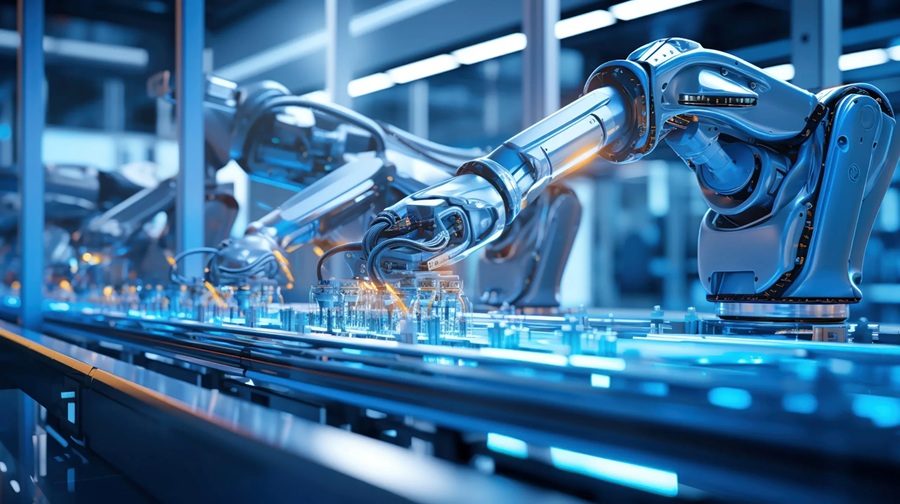
If you've been in the tech space for a while, you may be experiencing some deja vu. Though often compared to the adoption and proliferation of the internet, Generative AI (GenAI) is following in the footsteps of cloud computing ...
Open source dominance continues in observability, according to the Observability Survey from Grafana Labs. A remarkable 75% of respondents are now using open source licensing for observability, with 70% reporting that their organizations use both Prometheus and OpenTelemetry in some capacity. Half of all organizations increased their investments in both technologies for the second year in a row ...
Significant improvements in operational resilience, more effective use of automation and faster time to market are driving optimism about IT spending in 2025, with a majority of leaders expecting their budgets to increase year-over-year, according to the 2025 State of Digital Operations Report from PagerDuty ...
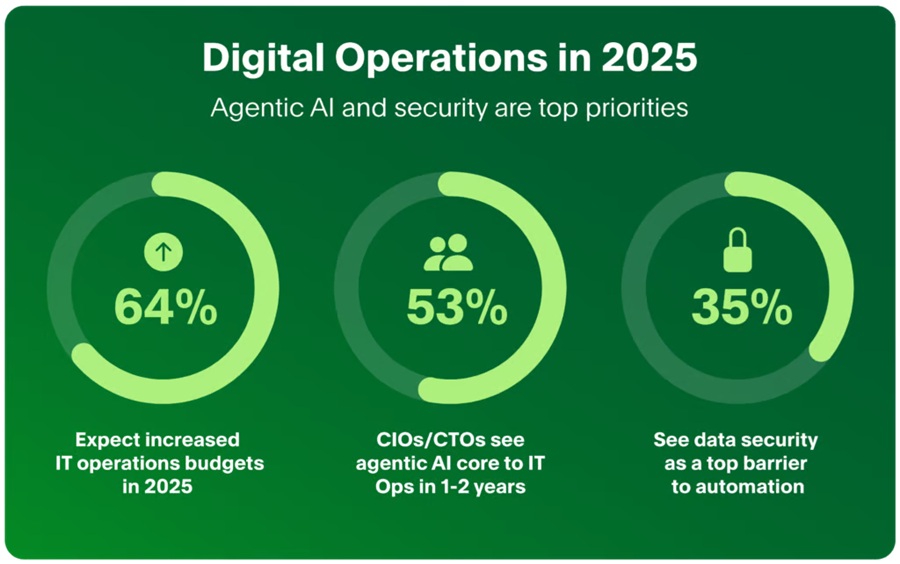
Are they simply number crunchers confined to back-office support, or are they the strategic influencers shaping the future of your enterprise? The reality is that data analysts are far more the latter. In fact, 94% of analysts agree their role is pivotal to making high-level business decisions, proving that they are becoming indispensable partners in shaping strategy ...
Today's enterprises exist in rapidly growing, complex IT landscapes that can inadvertently create silos and lead to the accumulation of disparate tools. To successfully manage such growth, these organizations must realize the requisite shift in corporate culture and workflow management needed to build trust in new technologies. This is particularly true in cases where enterprises are turning to automation and autonomic IT to offload the burden from IT professionals. This interplay between technology and culture is crucial in guiding teams using AIOps and observability solutions to proactively manage operations and transition toward a machine-driven IT ecosystem ...
A recent Rocket Software and Foundry study found that just 28% of organizations fully leverage their mainframe data, a concerning statistic given its critical role in powering AI models, predictive analytics, and informed decision-making ...
In today’s data and AI driven world, enterprises across industries are utilizing AI to invent new business models, reimagine business and achieve efficiency in operations. However, enterprises may face challenges like flawed or biased AI decisions, sensitive data breaches and rising regulatory risks ...
Today's IT environments are more complex than ever, with organizations managing an increasing number of applications, platforms, and systems. To maintain peak performance and ensure seamless digital experiences, businesses are turning to Artificial Intelligence for IT Operations (AIOps) ...
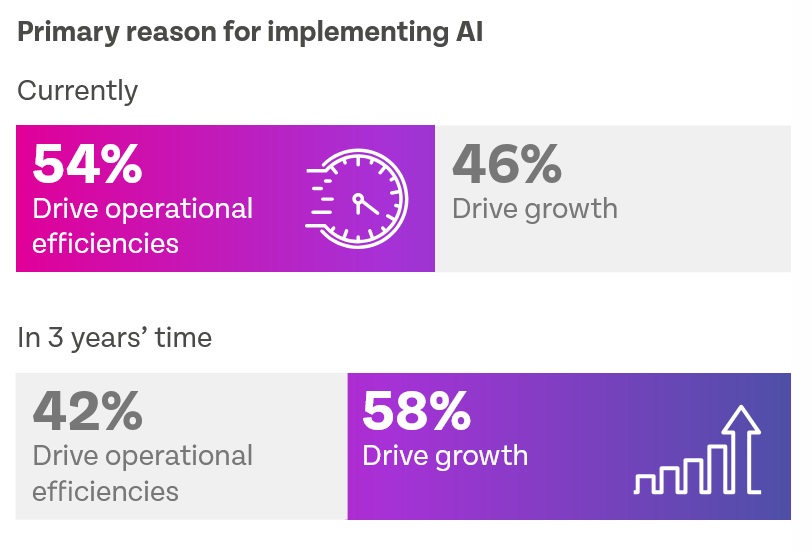
Organizations continue to shift away from a single cloud approach toward more flexible hybrid cloud environments, according to the 2025 State of Cloud Report, conducted by Rackspace Technology ...
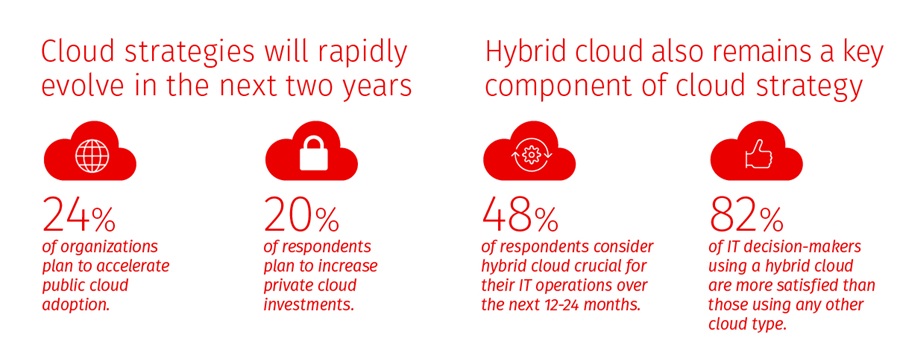
This year, several data leaders began thinking about Large Language Model Operations (LLMOps) at a pivotal moment: when promising AI experimentation was ready to be transformed into business value. That's when the factory floor stopped. Quizzical practitioners and befuddled leaders debated questions they had foreseen but not answered — questions that could be summed up as: How are we going to operationalize AI? ...
Industry experts offer predictions on how AI will evolve and impact technology and business in 2025. Part 5 covers the infrastructure and hardware supporting AI ...
